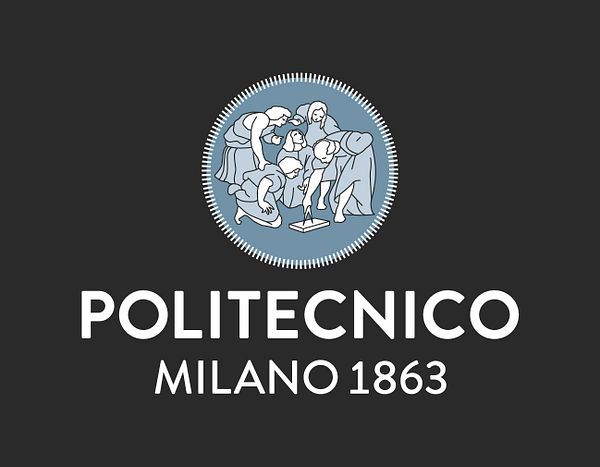Press release -
The secrets of ancient Japanese tombs revealed thanks to satellite images
A research group at the Politecnico di Milano analysed the orientation of ancient Japanese tombs – the so-called Kofun. This study has never been carried out before, due to the very large number of monuments and the fact that access to these areas is usually forbidden. For these reasons, high-res satellite imagery was used. The results show that these tombs are oriented towards the arc of the rising sun, the Goddess Amaterasu that the Japanese emperors linked to the mythical origin of their dynasty.
The Japanese islands are dotted with hundreds of ancient burial mounds, the largest of which are in the typical shape of a keyhole and are called Kofun. Built between the third and the seventh centuries AD, the most imposing are attributed to the semi-legendary first emperors, while the smaller ones probably belong to court officers and to members of the royal family. Among these, the so-called Daisen Kofun is one of the largest monuments ever built on Earth: it measures 486 meters in length and about 36 in height. It is traditionally attributed to Emperor Nintoku, the sixteenth emperor of Japan. The Daisen Kofun belongs to a group of tombs recently inscribed in the UNESCO World Heritage List.
There are no written sources on these tombs, and excavations are rare and limited to the smaller ones, since the largest are considered the tombs of the first semi-legendary emperors and, as such, are strictly protected by law. Protection also extends to the outside: many monuments are fenced, and it is not allowed to enter the perimeter. For these reasons, it is impossible to obtain accurate measurements of size, height and orientation. Furthermore, their number discourages any on field investigation. It is therefore natural to study them using high-resolution satellite images, which furnish simple but very powerful tools for remote sensing investigations.
This is what Norma Baratta, Arianna Picotti and Giulio Magli of the Politecnico di Milano did, with the aim of deepening the knowledge of the relationships between these fascinating monuments with the landscape and, in particular, with the sky. The team measured the orientation of more than 100 Kofuns and came to interesting conclusions.
The results - just published in the scientific journal "Remote Sensing" https://www.mdpi.com/2072-4292/14/2/377 - indicate a strong connection of the Kofun entrance corridors with the arc in the sky where the Sun and the Moon are visible every day of the year, and show the orientation of the hugest keyhole-shaped Kofuns to the arc of the Sun rising/shining. In particular, the Daisen Kofun is oriented towards the Sun rising at the winter solstice.
Orientation of the imperial tombs towards the Sun does not happen by chance: rather, it is in full agreement with the Japanese imperial tradition. Indeed, the mythical origin of the dynasty of the Japanese Emperors considers them as direct descendants of the Sun Goddess Amaterasu.
Related links
Topics
- Art, Culture, Entertainment
Categories
- japan
- archeology
- research
- satellites
Politecnico di Milano is a scientific-technological university which trains engineers, architects and industrial designers.
The University has always focused on the quality and innovation of its teaching and research, developing a fruitful relationship with business and productive world by means of experimental research and technological transfer.
Research has always been linked to didactics and it is a priority commitment which has allowed Politecnico Milano to achieve high quality results at an international level as to join the university to the business world. Research constitutes a parallel path to that formed by cooperation and alliances with the industrial system.
Knowing the world in which you are going to work is a vital requirement for training students. By referring back to the needs of the industrial world and public administration, research is facilitated in following new paths and dealing with the need for constant and rapid innovation. The alliance with the industrial world, in many cases favored by Fondazione Politecnico and by consortiums to which Politecnico belong, allows the university to follow the vocation of the territories in which it operates and to be a stimulus for their development.
The challenge which is being met today projects this tradition which is strongly rooted in the territory beyond the borders of the country, in a relationship which is developing first of all at the European level with the objective of contributing to the creation of a single professional training market. Politecnico takes part in several research, sites and training projects collaborating with the most qualified European universities. Politecnico's contribution is increasingly being extended to other countries: from North America to Southeast Asia to Eastern Europe. Today the drive to internationalization sees Politecnico Milano taking part into the European and world network of leading technical universities and it offers several courses beside many which are entirely taught in English.
